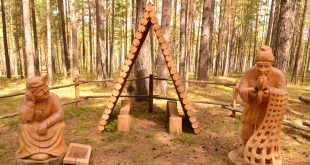The Cold War that took place between the USA and the USSR has been commemorated with a single museum in the world, and that is the Bunker 42 Cold War Museum. The Bunker, which now has been turned into a world-class museum is nestled 65m below the level of the ground, which served the purpose of shelter for Joseph Stalin and some of the other high-ranked Soviet officials to protect them from affected by a nuclear attack. In between the years of 1956 and 1986, the Bunker served the purpose of headquarters for the long-range air force.
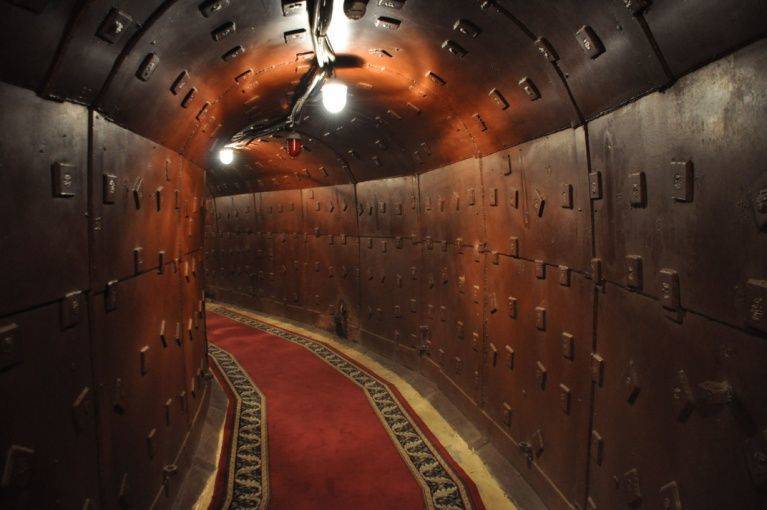
Today in the Bunker 42 Cold War Museum, there are several models of the Soviet Nuclear bombs are on display, and a flight operation management room has been reconstructed. If you are in Moscow, you must travel to central Moscow to visit the Bunker 42 Cold War Museum. However, before you come across the brim of the museum, you will have to get down a long flight of the staircase. If you try and book an appointment, you can have the experience of a digger tour and sit through an interactive program as well. Also, don’t worry about the language that you need to communicate in are the tours are guided, and general information is provided in the English language.
The Bunker 42 Cold War Museum is the only museum in the entire world that has been dedicated to the Cold War, which was held between the USSR and the USA. The best part about the museum is –it is one of the most historical significance that preserves all the unique military facilities that were used then. The closest metro station to the Bunker 42 Cold War Museum is the Tanganskaya Metro Station, which will efficiently help you to commute to central Moscow. You will have to descend 310 steps to reach the entrance of the Bunker, and you will have to take the same amount of steps back to leave.
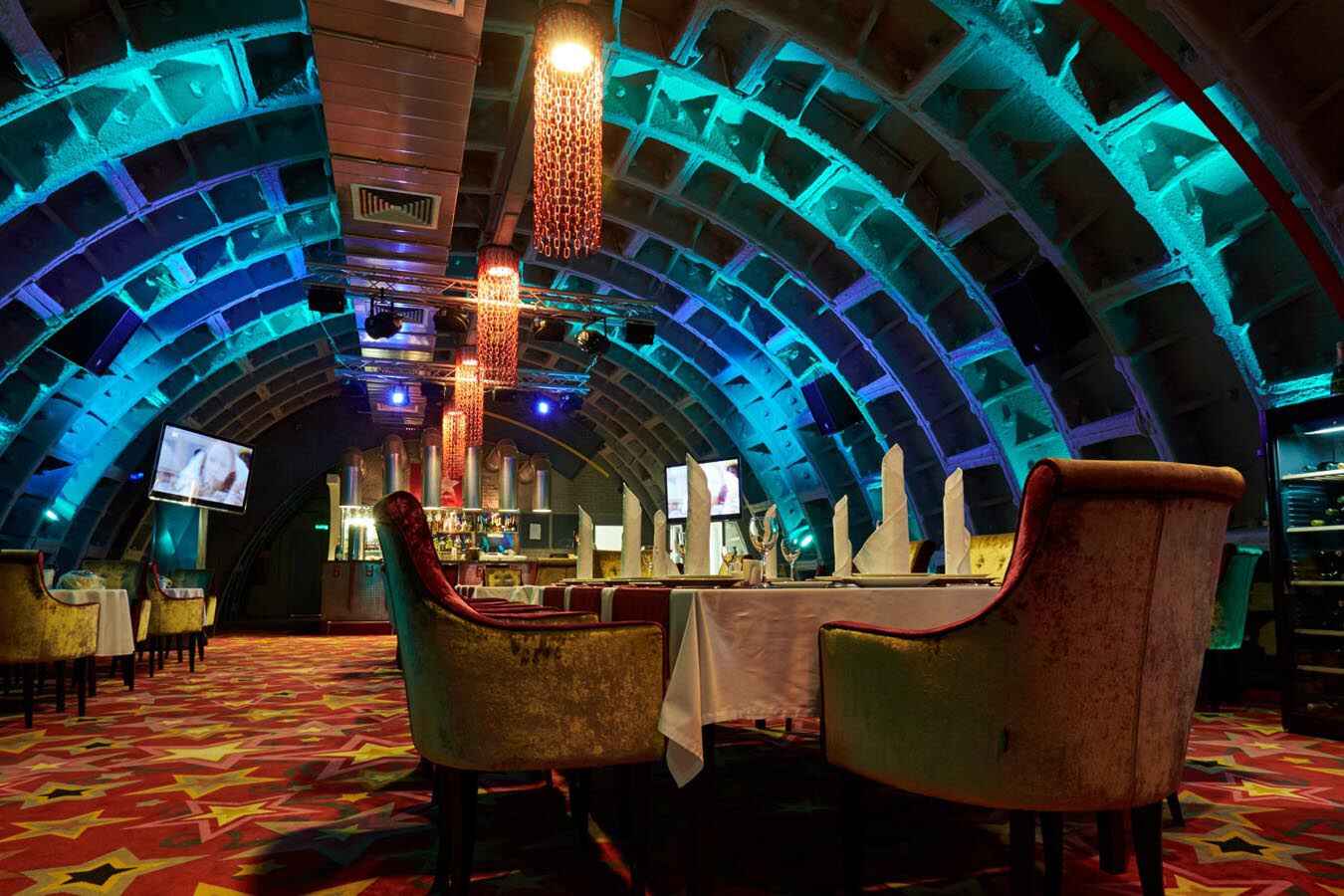
However, we would say the museum is worth the trouble for taking down 310 steps to take a tour of the Cold War era. As it has been mentioned above, the Bunker 42 Cold War Museum today, was initially designed for protecting Joseph Stalin along with the higher officials of the Soviet in case Moscow was attacked with nuclear weapons. The Bunker 42 Cold War Museum is officially known by the name of GO-42. The design of this Bunker had started immediately after the tests for the nuclear weapons had been conducted between 1949 and 1950 in the Soviet Union.
The Bunker designed is just one of its kinds in the entire world even today. Once the tests for the nuclear weapons were conducted, the scientists released the news that the Bunker should be built at least 50 meters under the ground level. The fabrication of the GO-42 began in the year 1950 and was finally completed by 1956. However, Joseph Stalin could never have the opportunity to pay a visit to the museum as he had already died in the year 1953.
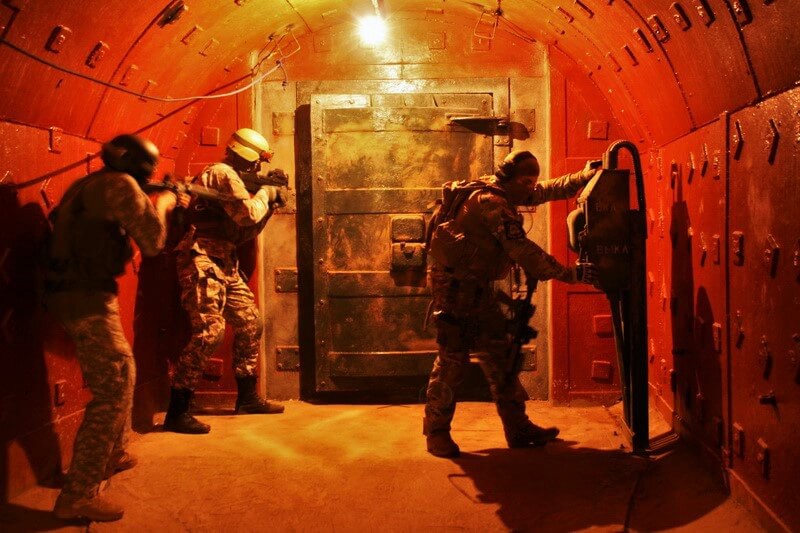
The Bunker 42 is designed in a way that it consists of four parallel tunnels, out of which only a single tunnel is open for the visitors to take a tour. The tunnels are further lined by metal walls and are divided into isolated sections. The ones who had worked towards the establishment of the Moscow metro were the same engineers who worked towards the construction of this Bunker. After the workers were verified by the security check, they started to dig the tunnels with their hands and with rock-drills as well. They loaded the ground onto the trolleys, which helped in moving the soil out of the way.
When you pay a visit to the museum, you will see that the work of these efficient workers has been commemorated with a worker’s dummy along with a trolley and rock drill as well. You can also have the view of the first Soviet Union nuclear bombs that were ever prepared, and the flight operation management rooms, which were reconstructed lately, are also in display.
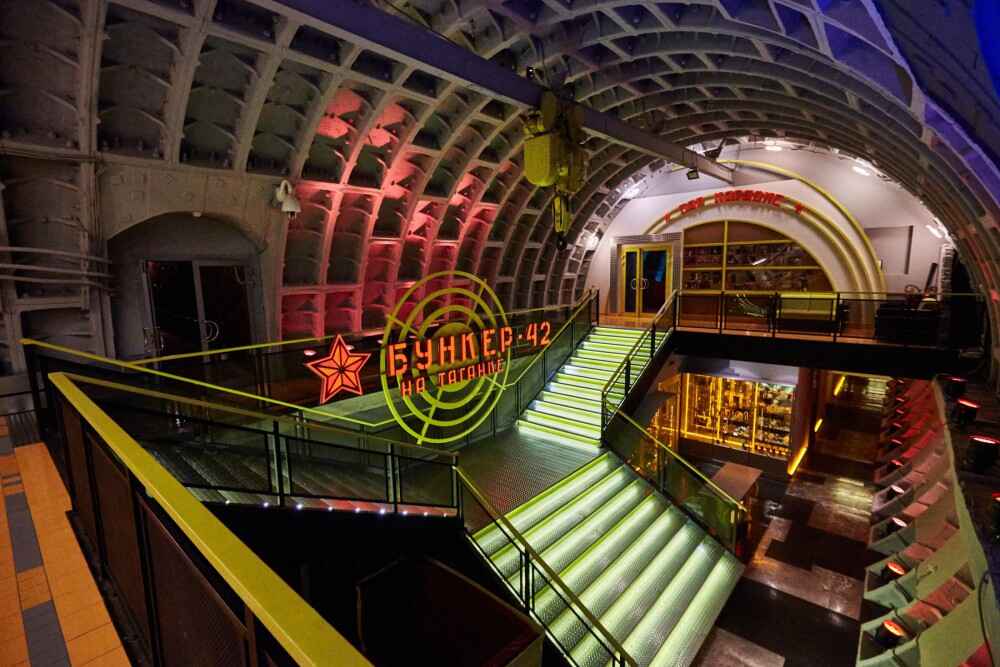
In the first decade of the production of nuclear bombs, the long-range bombers were the only source to attack the enemy territory with nuclear weapons. This was when the Bunker 42 was made into use for storing the long-range air forces. The tunnels received a surplus of food and water and were also equipped with the most potent air filtration system that could be invented then.
When the USSR was attacked with nuclear weapons, the army officers that were responsible for the counterattacks did not have to struggle for seeking shelter as they were already based in the headquarters –the Bunker 42 Cold War Museum. The hermetically sealed doors ensured that not a single radioactive dust speck could penetrate the walls of the Bunker.
 Nerd's Travel Travel the World with Us!
Nerd's Travel Travel the World with Us!


